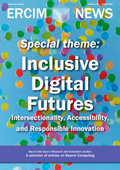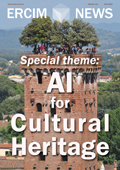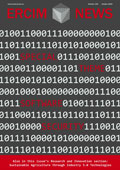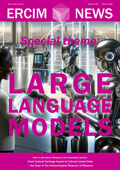by Peter Kunz (on behalf of the Nephele consortium)
The Horizon Europe project NEPHELE - a lightweight software stack and synergetic meta-orchestration framework for the next generation compute continuum - delivers a reference architecture, software components, and initial releases that coordinate cloud-edge-IoT resources for “hyper-distributed” applications through a meta-orchestrator, a virtual-object stack for IoT, and a developer dashboard, validated across four pilots.
In the fast-evolving world of hyper-distributed applications, the compute continuum, that mesh of cloud servers, edge clusters, and IoT devices, has been more of a puzzle than a pipeline. NEPHELE set out to change that. Running from September 2022 to September 2025 with an EU investment of roughly €9.13 million, NEPHELE brings orchestration harmony to a fragmented landscape.
The core idea is to unite disparate resources under a single “meta-orchestrator,” wrap IoT devices in a layer of abstraction for easy control, and give developers the tools to design, deploy, and monitor complex applications that stretch from data centres to drones.
The Vision: From Chaos to Composability
Modern applications rarely live in just one place. They span public clouds, private data centres, edge gateways, and connected devices. Managing this “everywhere computing” demands more than stitching tools together; it calls for a unified way to describe, deploy, and control workloads across domains.
NEPHELE’s vision rests on two key ideas:
- Device abstraction - Treating every sensor, robot, or controller as a “virtual object” with a common interface, regardless of make or model.
- Orchestration synergy - Coordinating multiple existing orchestrators under one intelligent meta-layer, so placement decisions and network configurations are optimised end-to-end.
Together, these principles promise programmable infrastructure and distributed intelligence composed of building blocks for adaptive, hyper-distributed applications.
Inside NEPHELE’s Toolbox
From early on, NEPHELE has delivered its first integrated release, built around three main components:
- Meta-Orchestration Platform (SMO) - Turns high-level intents into enforceable multi-domain deployment plans.
- Virtual Object Stack (VOStack) - Exposes devices as controllable virtual assets and enables intelligence at the edge.
- Developer Dashboard & Toolchain - A visual front end and CLI-based pipeline for building, validating, deploying, and monitoring application graphs.
The first integrated release already had: a software stack for the virtualization of IoT devices and functions (aligned with the specifications of W3C WoT and OMA L2M2M), a standard-compliant online warehouse for storing application packages, a command-line tool (hdarctl) for developers to manage applications, a user-friendly dashboard built with Vue.js on the front end and Flask on the back end, and the SMO connected to tools that let it control multiple Kubernetes clusters at once (Karmada) and make them talk to each other over a secure network (Submariner).
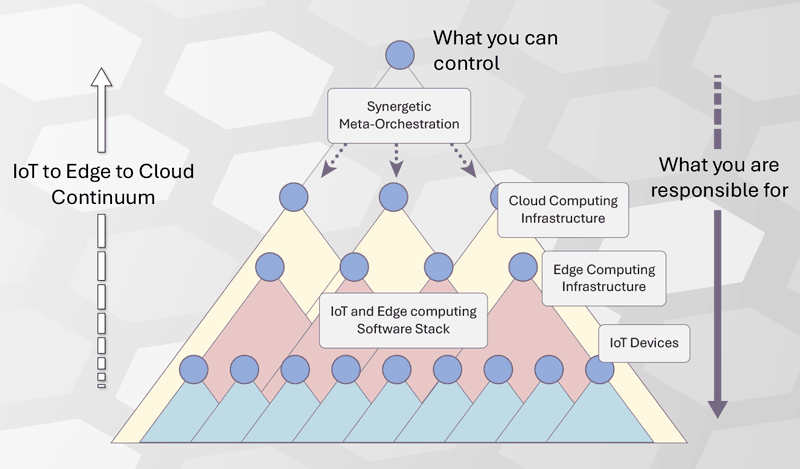
Figure 1: The Nephele architectural approach.
Where the Tech Meets the Real World
NEPHELE validated its developments through four pilot projects, each stress-testing different aspects of the architecture:
- Disaster Recovery - Deploying fleets of drones and robots for mapping, victim detection, and hazard assessment in a simulated container-terminal incident.
- AI-Assisted Port Logistics - Optimising container movement at the Port of Koper using AI-driven scheduling, Enterprise Resource Planning (EPR) integration, and Time-Sensitive Networking (TSN)-enabled communications.
- Smart Energy Management - Controlling Heating, Ventilation, and Air Conditioning (HVAC) and other systems in a smart building testbed, with computer vision for occupancy detection.
- Remote Healthcare - Virtualising ultrasound systems for remote diagnosis and training, with a focus on clinical-grade latency and reliability.
Pushing the State of the Art
Compared to today’s orchestration tools, NEPHELE’s approach offers:
- True cross-domain orchestration: SMO unifies multiple orchestrators under a single intent-driven layer.
- Device abstraction at scale: VOStack turns heterogeneous devices into manageable, interoperable units that can be part of distributed application graphs or Digital Twins.
- A developer-first workflow: Integrated registry, CLI, and dashboard streamline the path from code to deployment.
- Open-source: Code and outputs are published in Eclipse Research Labs’ GitLab to encourage adoption and sustainability.
Why It Matters
The shift to graph-based application modelling plus intent-driven deployment is more than a technical tweak. It is a philosophy of composability. By cleanly separating concerns between compute, network, and device layers, NEPHELE makes it easier to place the right workloads in the right places, dynamically and intelligently. The open-source commitment ensures that this isn’t just a research prototype locked away after 2025. It’s a foundation others can build on, from EU digital-sovereignty initiatives to commercial IoT solutions.
As NEPHELE approaches its finish line, it stands as a coherent attempt to tame the cloud–edge–IoT continuum. The combination of meta-orchestration, device abstraction, and a developer-friendly toolchain has moved from concept to working code, tested across four demanding pilots. The open-source-first approach gives the platform a real chance to live beyond its funding period. With proven reliability under real-world loads, and an engaged community ready to carry the work forward, NEPHELE provides a future-ready blueprint for hyper-distributed applications.
ERCIM was a partner in the project and contributed to by helping define requirements for IoT device management, focusing on interoperability, smart configuration, and virtualization at the edge, as well as supporting the formulation of ad-hoc clouds. It also contributed to requirements for synergetic orchestration of hyper-distributed applications, emphasizing coordination of orchestration components, resource allocation across edge and cloud, and the integration of CI/CD principles. In addition, ERCIM was involved in specifying use cases and data processing requirements, addressing security and privacy constraints, and clustering requirements across different vertical industries. Beyond this, ERCIM contributed to work on intelligent IoT devices modelling, management and interoperability, and was leading the task on standardization activities within the dissemination, communication and exploitation work package.
Link: https://nephele-project.eu/
Please contact:
Anastasios Zafeiropoulos,
National Technical University of Athens, Greece

